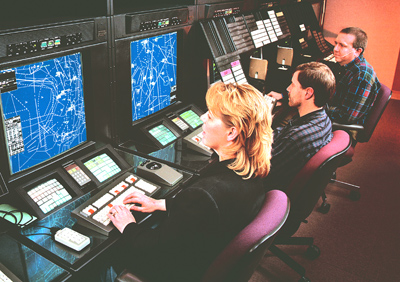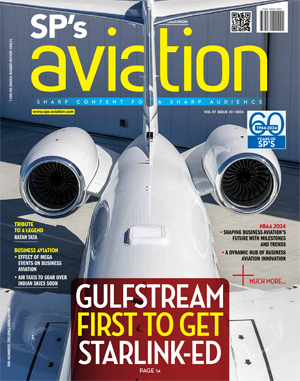INDIAN ARMED FORCES CHIEFS ON OUR RELENTLESS AND FOCUSED PUBLISHING EFFORTS

SP Guide Publications puts forth a well compiled articulation of issues, pursuits and accomplishments of the Indian Army, over the years

"Over the past 60 years, the growth of SP Guide Publications has mirrored the rising stature of Indian Navy. Its well-researched and informative magazines on Defence and Aerospace sector have served to shape an educated opinion of our military personnel, policy makers and the public alike. I wish SP's Publication team continued success, fair winds and following seas in all future endeavour!"

Since, its inception in 1964, SP Guide Publications has consistently demonstrated commitment to high-quality journalism in the aerospace and defence sectors, earning a well-deserved reputation as Asia's largest media house in this domain. I wish SP Guide Publications continued success in its pursuit of excellence.
Operations: Supervising the Skies

The Future Air Navigation System addresses the key aspects of surveillance, navigation aids and communications. In a near perfect situation, the aircraft would be under surveillance not only in fl ight, but from the minute it taxis out to the moment when it parks at the designated bay.
Six million sq km of airspace—including 3.8 million sq km of airspace above the seas surrounding the country—falls within Indian jurisdiction. Expected aircraft movement in any given 24-hour period is estimated to be around 15,000, a figure that swells within the 2.2 million sq km of airspace over land mass. That said, the likely traffic density does not appear to be very high, given the vast airspace area in sq km, the vertical extent of the third dimension in which aircraft operate and the fact that all aircraft movements in a single day are not at the same time. However, problems do arise as the traffic tends to concentrate over towns and airfields, and airspace users are many and varied. A system of controls and checks is essential.
The purpose of air space management is to permit maximum freedom to the operators, consistent with safety, military requirements, and Air Defence needs. The civilian air traffic would want to operate with minimum checks, direct routings and lesser time spent in the airfield control zone or on the ground. However, substantial airspace is required for the military for training and exercises, necessitating restrictions on over flights. There are also prohibited areas over which no air activity is permitted. In addition, the Indian Air Force (IAF) needs to take measures to ensure the country’s Air Defence. Also, the system should also be able to address unforeseen circumstances, like hijackings, aircraft emergencies, accidents and poor weather. With the accelerating increase in air traffic, adequacy of parking bays and ground space at airfields could also be a constraint necessitating other checks and balances.
Air Defence of the country is the axiomatic responsibility of the IAF. Hence, the paradigm of airspace management should permit effective air defence. Towards this end, all aircraft are required to submit flight plans, follow procedures and identify themselves whenever called upon to do so. Within the stipulated rules, the Airports Authority of India has been given the authority to control civil air traffic and traffic over civilian airfields. In emergency or war, the rules could be altered as necessary.





